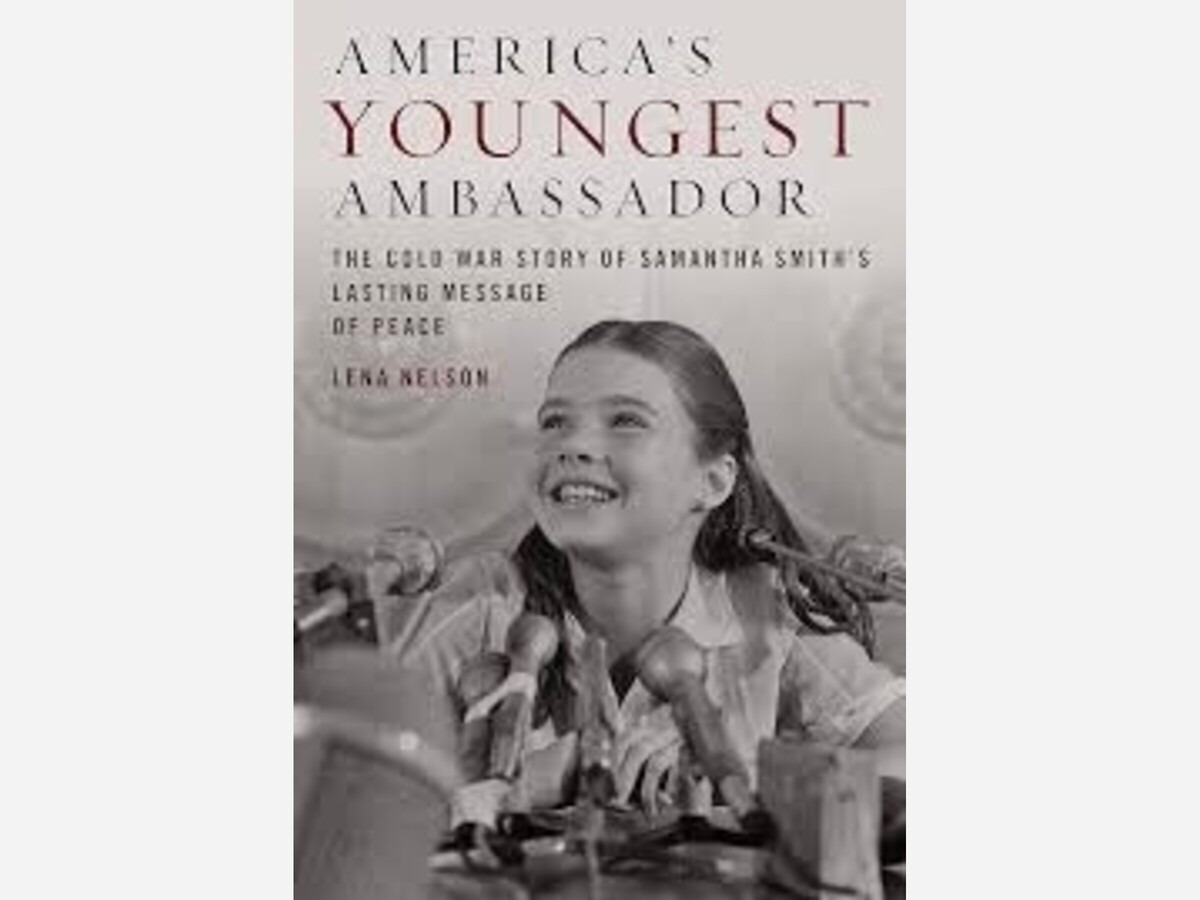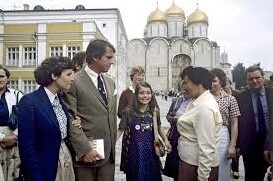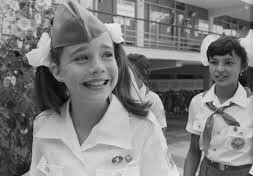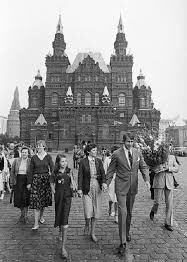Image

In the tense years of the Cold War, a glimmer of hope emerged from an unlikely source: an 11-year-old American girl named Samantha Smith. In 1982, concerned about the possibility of nuclear war, Samantha wrote a handwritten letter to the newly appointed leader of the Soviet Union, Yuri Andropov, known for his stern demeanor.

Samantha's letter was simple and direct. She asked Andropov if he wanted to live in peace and why his country was building more weapons. The letter, published in a local newspaper, captured the world's attention. To everyone's surprise, Andropov responded. He assured Samantha that the Soviet Union desired peace and invited her to visit the country as his guest.
In July 1983, Samantha, accompanied by her parents, embarked on a two-week trip to the Soviet Union. Dubbed "Little Ambassador" by the media, Samantha became an instant sensation. She toured Moscow and Leningrad, met with government officials, and even spent time at Artek, a prestigious Soviet pioneer camp.

Throughout the visit, Samantha displayed a genuine desire to understand Soviet culture and people. She charmed everyone she met, including Andropov himself, with whom she had a friendly conversation about her experiences in Russia. In a press conference, Samantha declared, "The Russians are just like us." Her simple statement resonated deeply, reminding the world that ordinary people yearned for peace despite political tensions.

Samantha's visit was a powerful symbol of hope during a time of great fear. It demonstrated the power of citizen diplomacy and the ability of young people to bridge divides. Although Samantha tragically died in a plane crash two years later, her legacy continues to inspire. Her story serves as a reminder that even the smallest acts can make a difference in promoting peace and understanding.
Images sourced from Googleimages.com/samanthasmith Russia